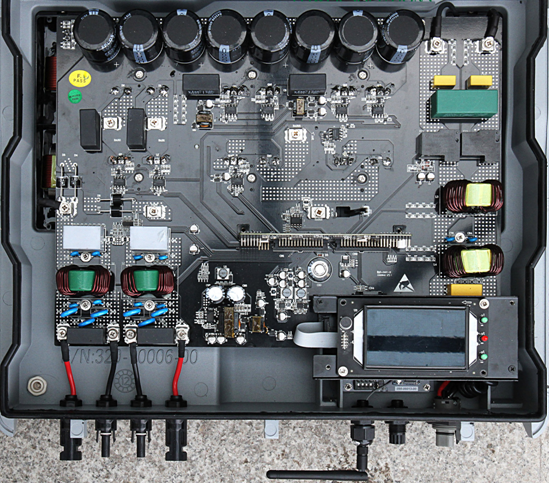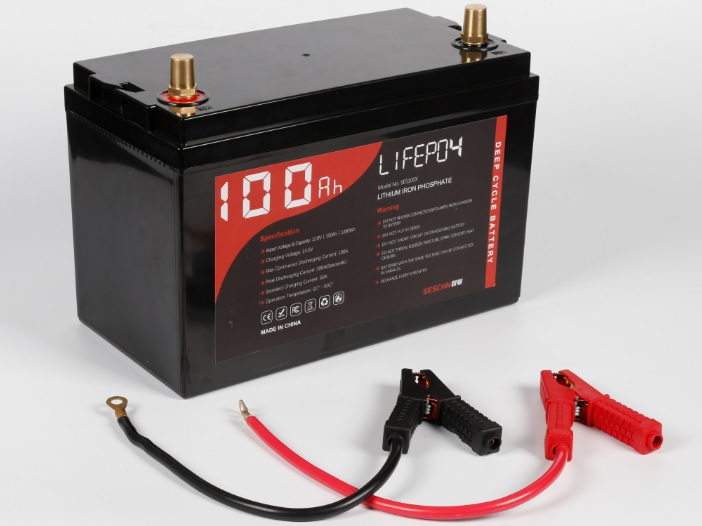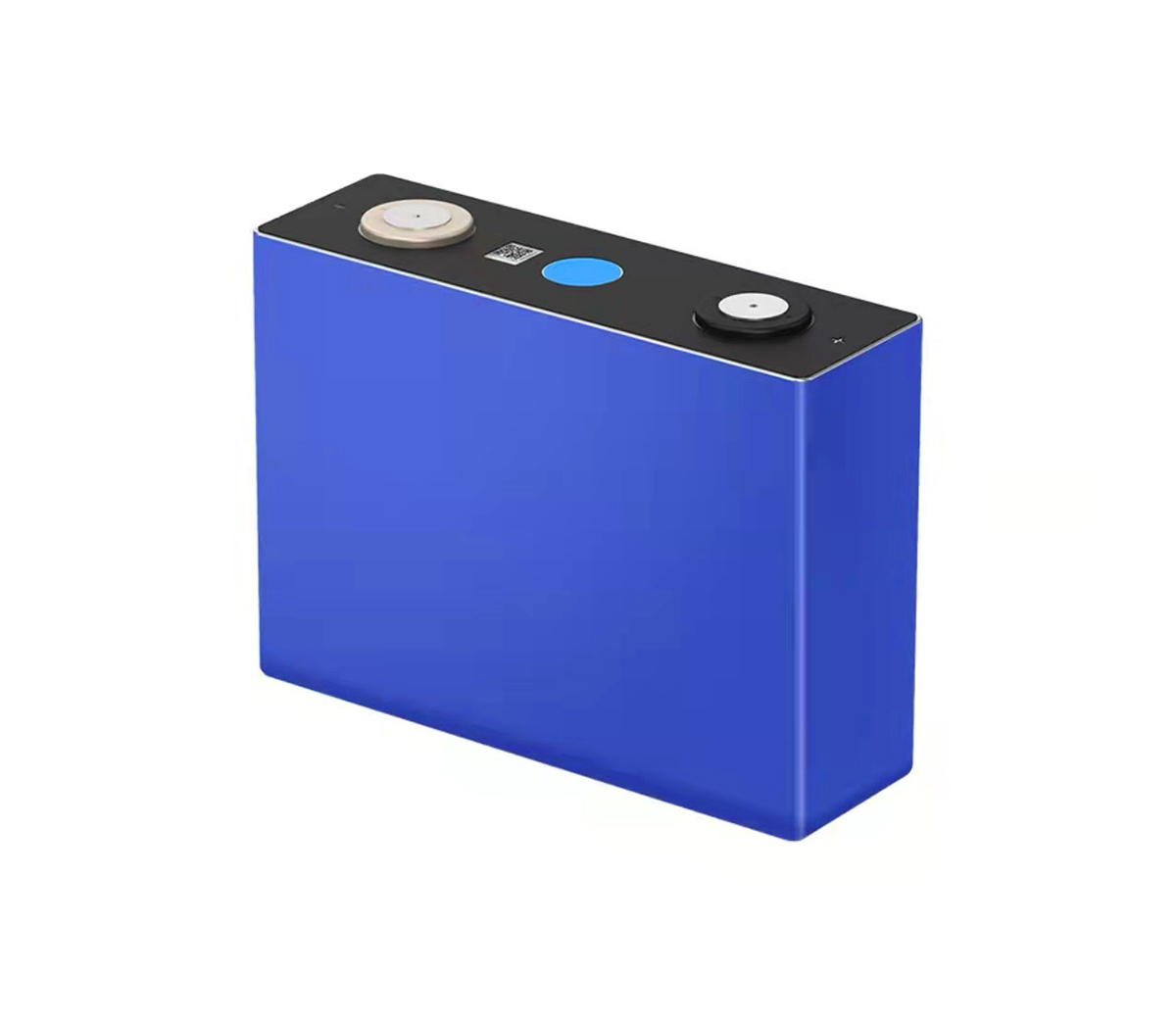The technical indicators and parameters of PV inverters are mainly affected
by energy storage batteries and loads. The main technical parameters are as
follows.

1. Rated output voltage
It should be able to output the rated voltage value within the allowable
fluctuation range of the specified input DC voltage. The voltage fluctuation
deviation has the following regulations:
(1) When operating in a steady state, it is generally required that the
voltage fluctuation deviation does not exceed ±5% of the rated value.
(2) When the load changes suddenly, the voltage deviation does not exceed
±10% of the rated value.
(3) Under normal working conditions, the unbalance of the three-phase
voltage output by the inverter should not exceed 8%.
(4) The distortion of the three-phase output voltage waveform (sine wave)
is generally required to not exceed 5%, and the single-phase output does not
exceed 10%.
(5) The deviation of the frequency of the inverter's output AC voltage
should be within 1% under normal working conditions.
2. Load power factor
Its size indicates the capacity of the inverter with inductive load or
capacitive load. Under sine wave conditions, the load power factor is 0.7 to
0.9, and the rated value is 0.9. In the case of a certain load power, if the
power factor of the inverter is low, the required power of the inverter will
increase, resulting in an increase in cost.
3. Rated output current and rated output capacity
The rated output current refers to the rated output current of the inverter
within the specified load power factor range, and the unit is a.
The rated output capacity refers to the product of the inverter rated
output voltage and the rated output current when the output power factor is 1
(that is, pure resistive load), and the unit is kva or kw.
4. Rated output efficiency
Under specified working conditions, the ratio of output power to input
power, expressed as a percentage. In general, the nominal efficiency of a PV
inverter refers to the efficiency under a purely resistive load and 80%
load.
The efficiency of the inverter will change with the size of the load. When
the load rate is lower than 20% and higher than 80%, the efficiency is
lower.
The standard stipulates that when the output power of the inverter is
greater than or equal to 75% of the rated power, the efficiency should be
greater than or equal to 80%.
5. Overload capacity
The overload capacity requires the inverter to work continuously for a
certain period of time under a specific output power condition. The standard
stipulates as follows:
(1) When the input voltage and output power are rated values, the inverter
should work continuously and reliably for more than 4 hours.
(2) When the input voltage and output power are 125% of the rated value,
the inverter should work continuously and reliably for more than 1 min.
(3) When the input voltage and output power are 150% of the rated value,
the inverter should work continuously and reliably for more than 10s.
6. Rated DC input voltage
Refers to the DC voltage input to the inverter in the PV power generation
system.
The input voltages of low-power inverters are generally 12v and 24v, and
the input voltages of medium and high-power inverters are 24v, 48v, 110v, 220v
and 500v.
7. Rated DC input current
Refers to the rated DC working current provided by the solar PV power
generation system for the inverter.
8. DC voltage input range
The DC input voltage of the PV inverter is allowed to vary within the range
of 90% to 120% of the rated DC input voltage without affecting the change of the
output voltage.
9. Use environmental conditions
(1) Working temperature.
It directly affects the output voltage, waveform, frequency, phase and many
other important characteristics of the inverter.
(2) Working environment.
In high-altitude areas, where the air is thin, the electrodes are prone to
discharge between each other, which affects work. In high humidity areas, it is
easy to condense and cause local short circuits.
Normal use conditions: ambient temperature -20℃ to 50℃, altitude≤5500m,
relative humidity ≤93%, and no condensation. When the working environment and
working temperature are out of the above range, consider reducing the use of
capacity or redesigning and customizing.
10. Electromagnetic interference and noise
The switch circuit in the inverter is prone to electromagnetic interference
and noise. Noise requirements: When the input voltage is rated, use a sound
level meter to measure the noise at 50% of the rated load and full load at 1/2
of the height of the equipment and a front distance of 3m. The noise should be
less than or equal to 65db.
11. Protection function
(1) Input under-voltage protection.
When the input voltage is lower than the specified under-voltage disconnect
(lvd) value, that is, lower than 85% of the rated voltage, the inverter should
be able to automatically shut down protection and make a corresponding
display.
(2) Input over-voltage protection.
When the input voltage is higher than the specified overvoltage disconnect
(hvd) value, that is, higher than 130% of the rated voltage, the inverter should
be able to automatically shut down for protection and make a corresponding
display.
(3) Overcurrent protection.
It should be able to ensure that the load is short-circuited or the current
exceeds the allowable value in a timely manner to protect it from surge current
damage. When the working current exceeds 150% of the rated value, the inverter
should be able to automatically protect. When the current returns to normal, the
device can work normally again.
(4) Short circuit protection.
The inverter short-circuit protection action time should not exceed 0.5s.
After the short-circuit fault is removed, the equipment should be able to work
normally.
(5) Polarity reverse connection protection.
When the positive input terminal and the negative input terminal are
reversely connected, the inverter should be able to automatically protect. After
the polarity is reconnected normally, the equipment should be able to work
normally.
(6) Lightning protection.
The technical indicators of the lightning protection device should be able
to absorb the expected impact energy.
12. Safety performance requirements
(1) Insulation resistance
The insulation resistance between the inverter DC input and the chassis
should be greater than or equal to 50mω.
The insulation resistance between the AC output of the inverter and the
chassis should also be greater than or equal to 50mω.
(2) Dielectric strength
The DC input of the inverter and the chassis should be able to withstand a
dielectric strength test with a frequency of 50hz, a sine wave AC voltage of
500v, and a duration of 1min without breakdown or arcing.
The inverter's AC output and the chassis should be able to withstand a
dielectric strength test with a frequency of 50hz, a sine wave AC voltage of
1500v, and a duration of 1min without breakdown or arcing.

Lithium-ion battery (LIB) has become the main energy storage solution in
modern social life. Among them, lithium iron phosphate batteries are a perfect
replacement for lead-acid batteries, and they are the first choice for
grid-connected peak shaving, off-grid energy storage, PV energy storage, UPS,
data center and other industries.
Solar power generation system with lithium battery energy storage system is
a very promising clean energy.




































